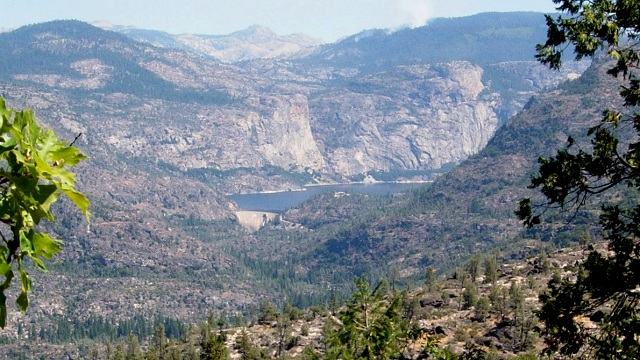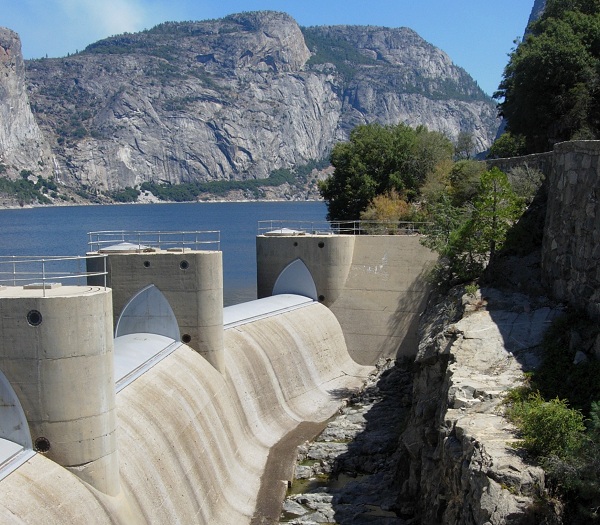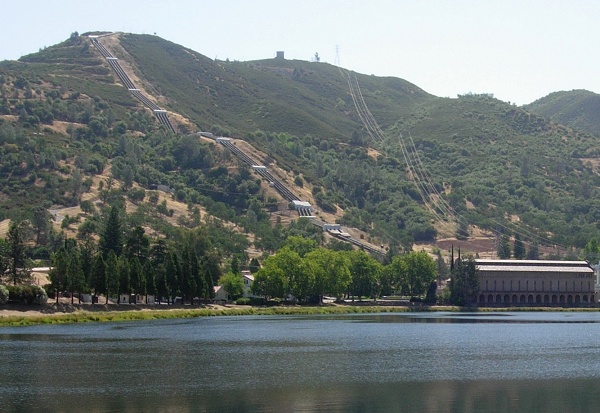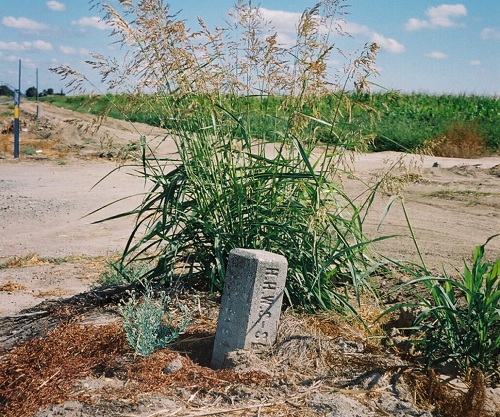
San Franciscans this fall will be asked to vote on the Water Sustainability and Environmental Restoration Planning Act, a scheme that aims to put the cost of civilization in sharp relief. In essence it asks, Do we want to arrange our society as if nature really matters?
Every great city relies on a great water supply, from ancient Rome to San Francisco. The Hetch Hetchy system was beautifully designed and built, except that it destroyed a nearly unique valley inside Yosemite National Park. The nonprofit organization Restore Hetch Hetchy (RHH) wants San Franciscans to weigh the price of doing things better, according to a specific definition that includes pulling out of the park.
The Hetch Hetchy Water System begins with a dam and reservoir that traps some of the world's cleanest water in a basin of Sierra Nevada granite.

Tunnels and pipelines carry Hetch Hetchy water to the Bay Area entirely by gravity, with some of that gravitational energy turned to electricity along the way.

The Hetch Hetchy Water System is a colossal engineering triumph that has provided not just San Francisco, but many Bay Area cities, with clean and reliable water for nearly 90 years.

The Hetch Hetchy Water System still performs to specifications, but RHH argues that today we could make it work while sparing Hetch Hetchy Valley and removing its reservoir. That may be so, and the few million dollars required for a good study and action plan would be well spent because previous efforts have been sketchy. RHH is rolling the dice by forcing the plan, whatever it is, to be considered by the San Francisco Board of Supervisors for placement as a charter amendment in the 2016 elections. That is, if the Supes vote it down, nothing will come of it, but if both they and the city's voters approve it the plan will go into effect willy-nilly.
